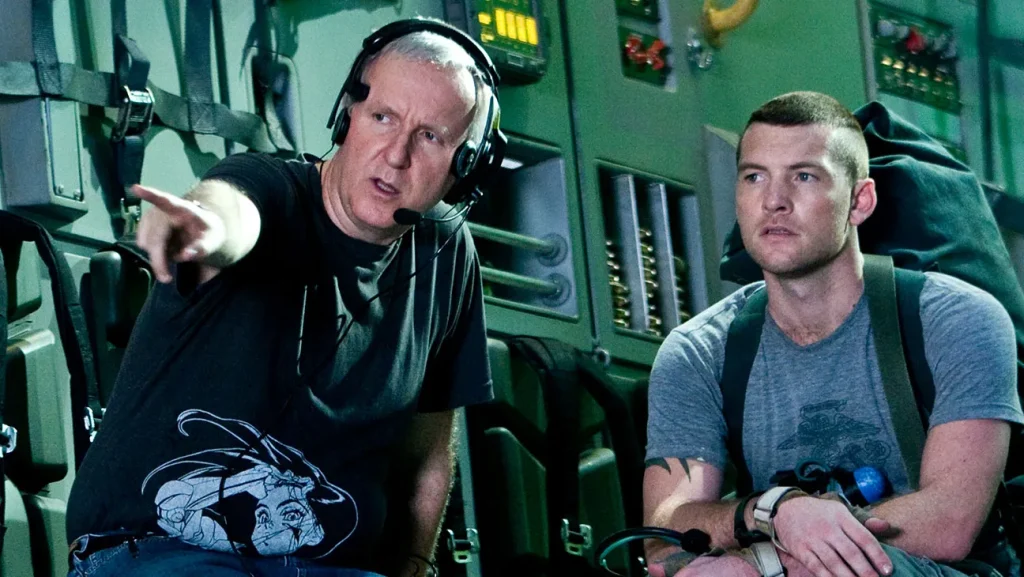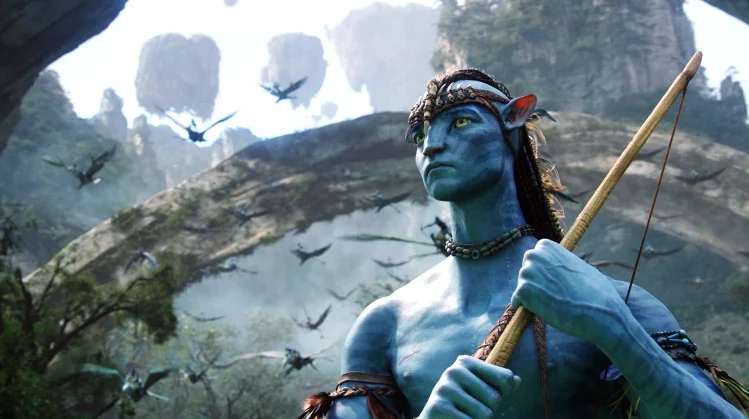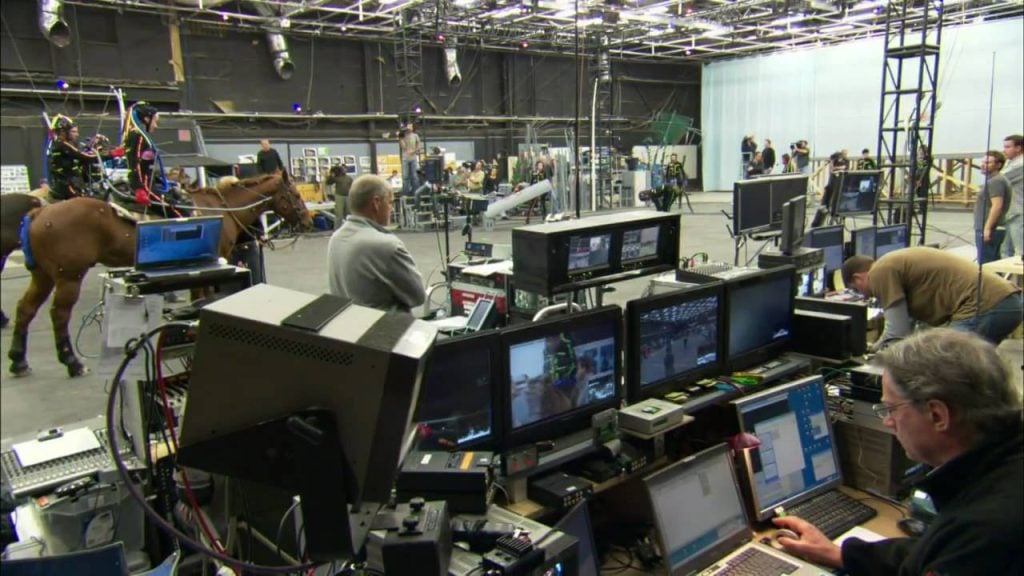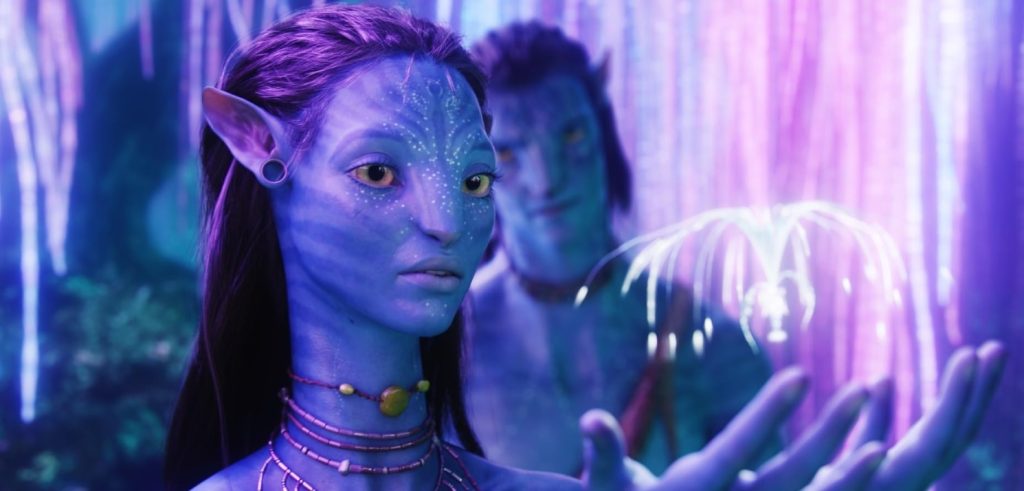James Cameron’s Avatar (2009) changed the landscape of Hollywood forever. Besides amassing a mind-blowing $2.923 billion worldwide against a budget of $237 million, the legendary endeavor incorporated cutting-edge technology. Cameron’s rendition of a modified Fusion Camera System transformed what digital 3D film production stood for.

Read also: James Cameron’s Avatar 3 Rumored Title Update Has Fans Stunned!
Besides this, the director also used a virtual camera system, which introduced a new procedure to aid motion-capture filmmaking. Not only did using such a modern technique bring forth an unprecedented improvement in the medium, but it also helped Cameron provide precise directions.
Other directors and filmmakers would soon hop on board and use this game-changing system. Let’s take a deeper gander at this revolutionary innovation.
The Innovative Technology Used By James Cameron For Avatar (2009)

Cameron’s repertoire in filmmaking is astonishing. Time and again, the innovative filmmaker has awed the masses and his colleagues with his imagination and originality. In addition to being renowned for his work in Hollywood, he is a technological visionary who has helped advance many filmmaking technologies.
Although traditionally considered a hitmaker, the endeavor that proved James Cameron’s magnum opus was 2009’s Avatar, starring Sam Worthington, Zoe Saldana, and others. The ground-breaking visual effects and never-seen-before filming techniques spearheaded a drastic change in Hollywood—the popularization of 3D films. With the way it resonated with the audiences, there’s a reason why the movie ranks as the second highest-grossing film of all time.

Related: James Cameron Has One Thing He’d Like To Change Titanic!
The recipe for its commercial success is undoubtedly owing to the project’s breakthrough in devising and utilizing cutting-edge technology. At the time, the director alluded that the project combined computer-generated graphics, environments, and characters with live-action and digitally captured performances.
According to Popular Mechanics, Cameron’s knack for special effects underscored Avatar’s essence. A modified version of the Fusion Camera System, developed by director James Cameron and cinematographer Vince Pace, was one of the technologies used to bring the project to life.
While shooting, Cameron could see an augmented reality view thanks to his modified 3D camera. After determining its location on a motion-capture set, the device could also incorporate the live performers into computer-generated environments displayed in the viewfinder.
The filmmaker once affirmed that the final product would be a hybrid of 60% computer-generated elements and 40% live-action (via THR). Other technological innovations in the film accelerated a shift in Hollywood, where other directors were keen to utilize this revolutionary development.
How The Visual Camera System Proved A Game-changer

James Cameron’s Visual Camera System introduced a novel technique to facilitate motion capture direction. This virtual camera, described as a hand-held LCD with grips and buttons akin to a video game controller, would be carried onto the set by the director.
This system is employed in 3D virtual worlds requiring a third-person perspective. In the context of the film, it could display the actors’ virtual doppelgängers in real-time within a digital 3-dimensional terrain. Cameron could then modify and direct scenes in this interactive environment.
It’s almost similar to working through a video game.

Related: James Cameron’s Unmade Spider-Man Film Wanted Arnold Schwarzenegger as Iconic Marvel Villain!
Shedding light on this technology, James Cameron stated the following to the New York Times:
“It’s like a big, powerful game engine. If I want to fly through space or change my perspective, I can. I can turn the whole scene into a living miniature and go through it on a 50 to 1 scale.”
Another technology—the Simulcam—allowed the CGI elements to interact with the live-action medium. This camera functions as a blend of the fusion camera and the virtual camera systems.
Avatar’s mind-blowing technological breakthrough re-defined 3D cinema. It’s believed that filmmakers Steven Spielberg and Peter Jackson were allowed to test these advancements. The former even extolled its virtues.
Cameron’s Fusion Camera System helped aid other notable film productions, such as Resident Evil: Afterlife, Martin Scorsese’s Hugo, Life of Pi, Final Destination 5, etc. Avatar’s motion-capture technology shaped several Hollywood initiatives beyond 2009. In a nutshell, the popularization of 3D films would not have been possible without Cameron’s contributions to the epic science fiction movie.
Avatar (2009) is available for streaming on Max.

